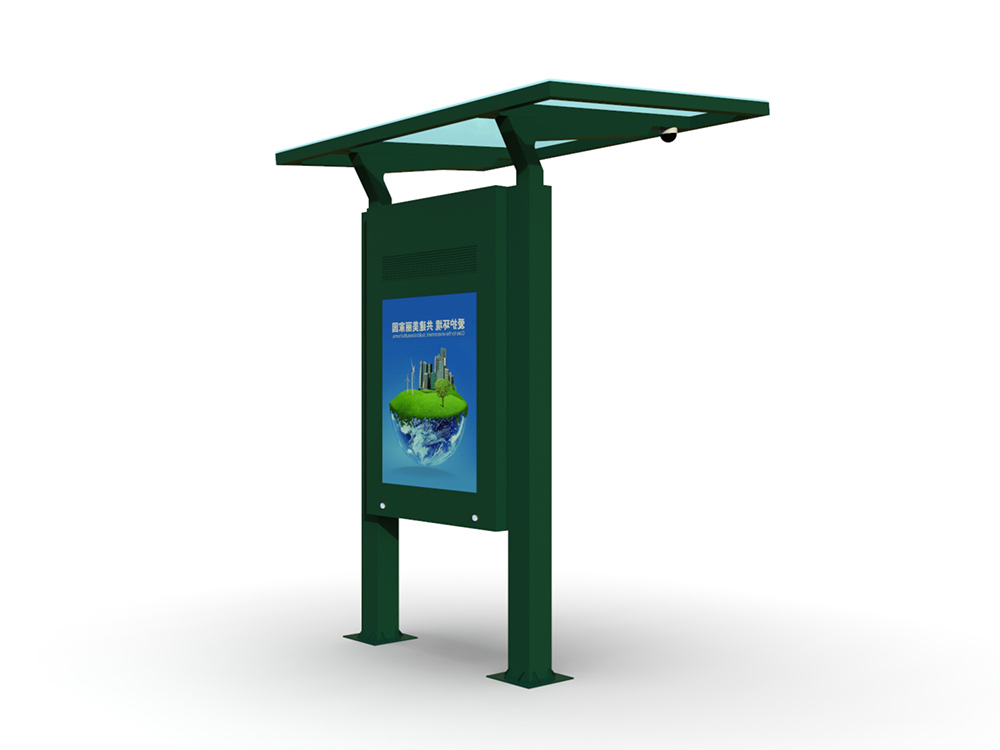How is Digital Signage Waterproof?
How is Digital Signage Waterproof?In the modern era of digital technology, digital signage has become an integral part of our daily lives, finding its place in various settings such as shopping malls, transport hubs, and outdoor advertising spaces. As these digital displays increasingly move into outdoor environments, a crucial aspect that needs to be addressed is their durability, especially their resistance to water damage. The question then arises: how is digital signage made waterproof to withstand the elements?

To understand the waterproofing of digital signage, we must first explore the fundamental design considerations. Digital signage, at its core, consists of electronic components that are highly sensitive to moisture and water ingress. Exposure to water can cause serious damage, ranging from malfunctioning circuits to complete system failure. Therefore, the primary goal of waterproofing is to create a barrier that effectively seals these components from external water sources.
The first line of defense in waterproofing digital signage is the enclosure or casing. Manufacturers design these enclosures with specific materials that are inherently water-resistant or waterproof. Common materials used include stainless steel, aluminum, and specialized plastics that have undergone rigorous testing to ensure their suitability for outdoor use. These materials not only provide structural support but also act as a barrier against water and other environmental factors.
Beyond the choice of materials, the design of the enclosure plays a pivotal role. Seams, joints, and any openings in the enclosure are potential entry points for water. Manufacturers employ various techniques to seal these areas, such as using gaskets, O-rings, and water-resistant adhesives. These sealing methods are carefully selected and tested to maintain the enclosure's integrity even under extreme weather conditions.
Another key aspect of waterproof digital signage is the use of specialized connectors and cables. Standard connectors and cables are not designed to withstand constant exposure to water. Hence, waterproof connectors and cables with enhanced sealing capabilities are utilized. These connectors often feature rubber or plastic gaskets that tightly fit around the cable, creating a water-tight seal when connected.
The internal components of digital signage also undergo specific waterproofing treatments. For instance, circuit boards may be coated with a conformal coating, which is a thin polymeric film that protects the circuitry from moisture, dust, and chemicals. This coating adds an extra layer of protection without impeding the board's functionality.
In addition to physical barriers, some digital signage systems incorporate water detection sensors as a precautionary measure. These sensors are strategically placed within the enclosure and are designed to trigger an alarm or shut down the system in case of water ingress. This proactive approach helps minimize damage by allowing for swift intervention in the event of a leak or flooding.
It's worth noting that while waterproofing is crucial for outdoor digital signage, it also plays a role in indoor environments where humidity and condensation can be issues. Waterproofing measures help ensure the reliability and longevity of the displays in these settings as well.
Maintenance and regular inspections are also essential for maintaining the waterproof integrity of digital signage. Over time, seals and gaskets can wear down due to environmental factors or age, potentially allowing water to penetrate. Regular checks and timely replacements of worn-out parts can prevent such occurrences.
In conclusion, waterproofing digital signage is a multifaceted process that involves careful material selection, enclosure design, specialized components, and proactive monitoring. Manufacturers continuously strive to improve these methods as technology evolves, ensuring that digital signage can withstand the rigors of the outdoors while maintaining optimal performance. By understanding the intricacies of waterproofing, we can appreciate the engineering marvel that allows digital signage to grace our urban landscapes, rain or shine.
Application scenarios of digital signage








